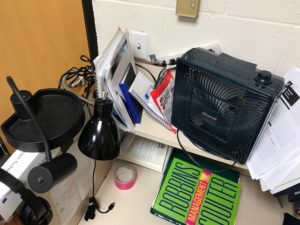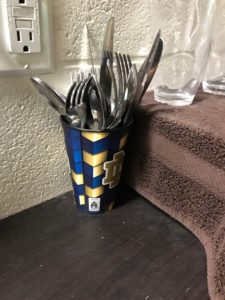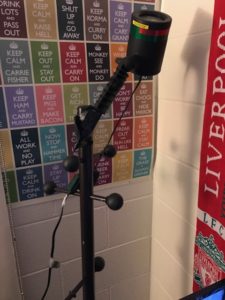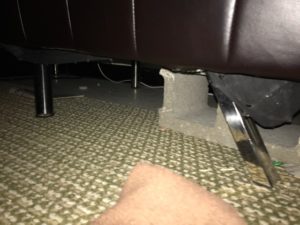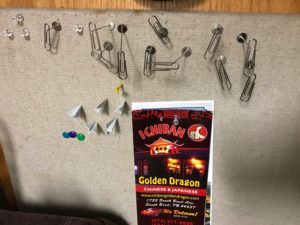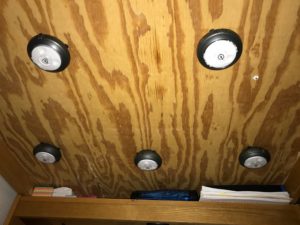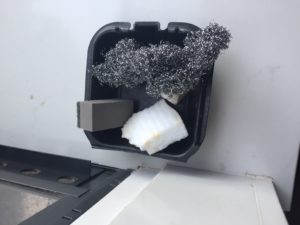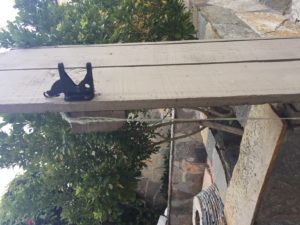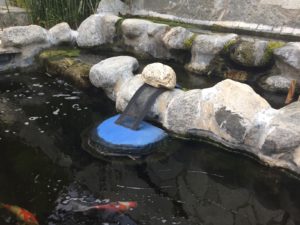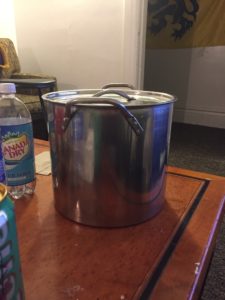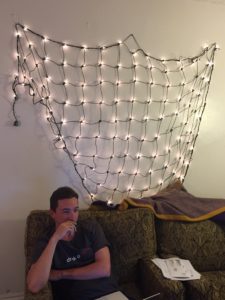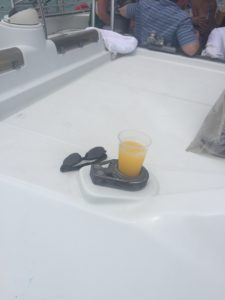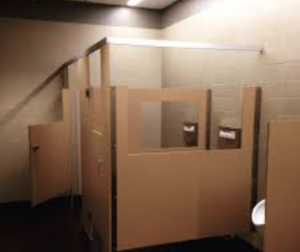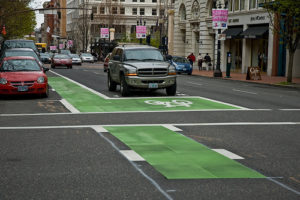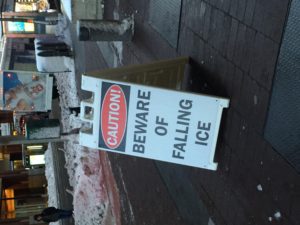Profile
Name: Peter Lombardo
Title: Director of Community Outreach at the Center for the Homeless
Years of experience: Worked with CFH for 10 years
Themes
1. South Bend has a relatively large number of resources available to the homeless population; however, some choose not to use them
Peter described a variety of services commonly used by all homeless, including soup kitchens, places to shower, shelter options, etc. Interestingly, South Bend has become renowned for the programs here, and people will travel from other parts of the state or even the country to have access to these programs. It seems the core issue is not a lack of services, but rather that some homeless choose not to utilize them.
2. Barriers exist that prevent homeless people from using some services
For example, CFH has a strict drug-free policy, which can seem an impossible expectation for addicts. In addition, the program is known for being very long (2 years) and intensive. Homeless who feel their situation is only temporary or who do not wish to comply with the rules may choose not to use CFH as a shelter. Another barrier may be mental health and/or social anxiety. Peter believes some homeless do not want to be surrounded by other people while they use the shelter and its programs, and this may prevent people from using CFH resources.
3. The main encampment population has been displaced, and many now have nowhere to stay
The city experienced a public problem with the large encampment under the bridge last summer. Now that those homeless have been displaced, many have no where to go. The only housing option for them right now is the weather amnesty program, either through CFH or connected to Hope Ministries.
4. The city is shifting toward harm reduction/Housing First model, but it’s not here yet
Oaklawn Center has already implemented a harm-reduction housing program with very limited capacity. The city of South Bend will be building and finishing apartments intended for the Housing First approach in a little over a year. While this provides hope for the future, there is still a large lag where these people are not being housed.
Memorable Quotes
“People may be leery about any sort of structure, possibly because of mental health. For example, with severe depression, don’t want to go where anyone else is.”
